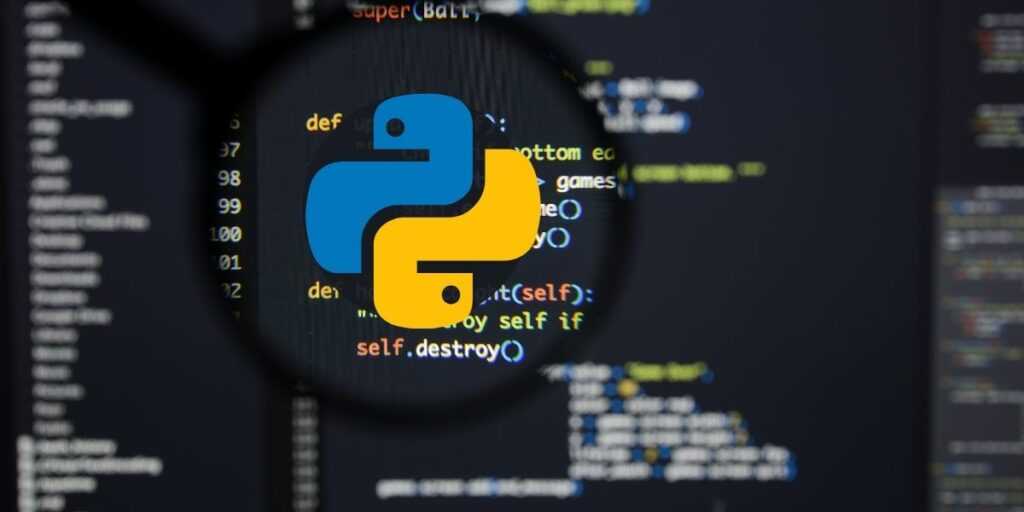
How to create a pipeline that extracts features from the data and create model
Creating a pipeline that extracts features from the data and creates a model is a common task in machine learning. A pipeline is a sequence of steps that are executed in order to accomplish a certain task. In this case, the pipeline will be used to extract features from the data and create a model.
The first step in creating a pipeline is to extract features from the data. This step is called feature engineering and it involves selecting the relevant features from the data that will be used to train the model. The selection of the features can be done manually or automatically using feature selection techniques.
Once the features have been extracted, the next step is to create a model. This step involves choosing a machine learning algorithm that will be used to create the model. Some popular machine learning algorithms include K-Nearest Neighbors (KNN), Logistic Regression, Decision Tree, Random Forest, etc.
After the model has been created, it needs to be trained using the extracted features and the labels or outcomes. Once the model is trained, it can be used to make predictions on new data.
It’s important to note that the pipeline can be customized according to the specific problem, by adding or removing steps as needed. For example, you might want to add a step for data preprocessing or a step for hyperparameter tuning.
In summary, Creating a pipeline that extracts features from the data and creates a model is a common task in machine learning. A pipeline is a sequence of steps that are executed in order to accomplish a certain task. In this case, the pipeline will be used to extract features from the data, create a model and train it, and once the model is trained, it can be used to make predictions on new data. It’s important to note that the pipeline can be customized according to the specific problem, by adding or removing steps as needed.
In this Applied Machine Learning & Data Science Recipe (Jupyter Notebook), the reader will find the practical use of applied machine learning and data science in Python programming: How to create a pipeline that extracts features from the data and create model.
Essential Gigs
For only $50, Nilimesh will develop time series forecasting model for you using python or r. | Note: please contact me…www.fiverr.com
For only $50, Nilimesh will do your data analytics and econometrics projects in python. | Note: please contact me…www.fiverr.com
For only $50, Nilimesh will do your machine learning and data science projects in python. | Note: please contact me…www.fiverr.com
For only $50, Nilimesh will do your gis and spatial programming projects in python. | Note: please contact me before…www.fiverr.com